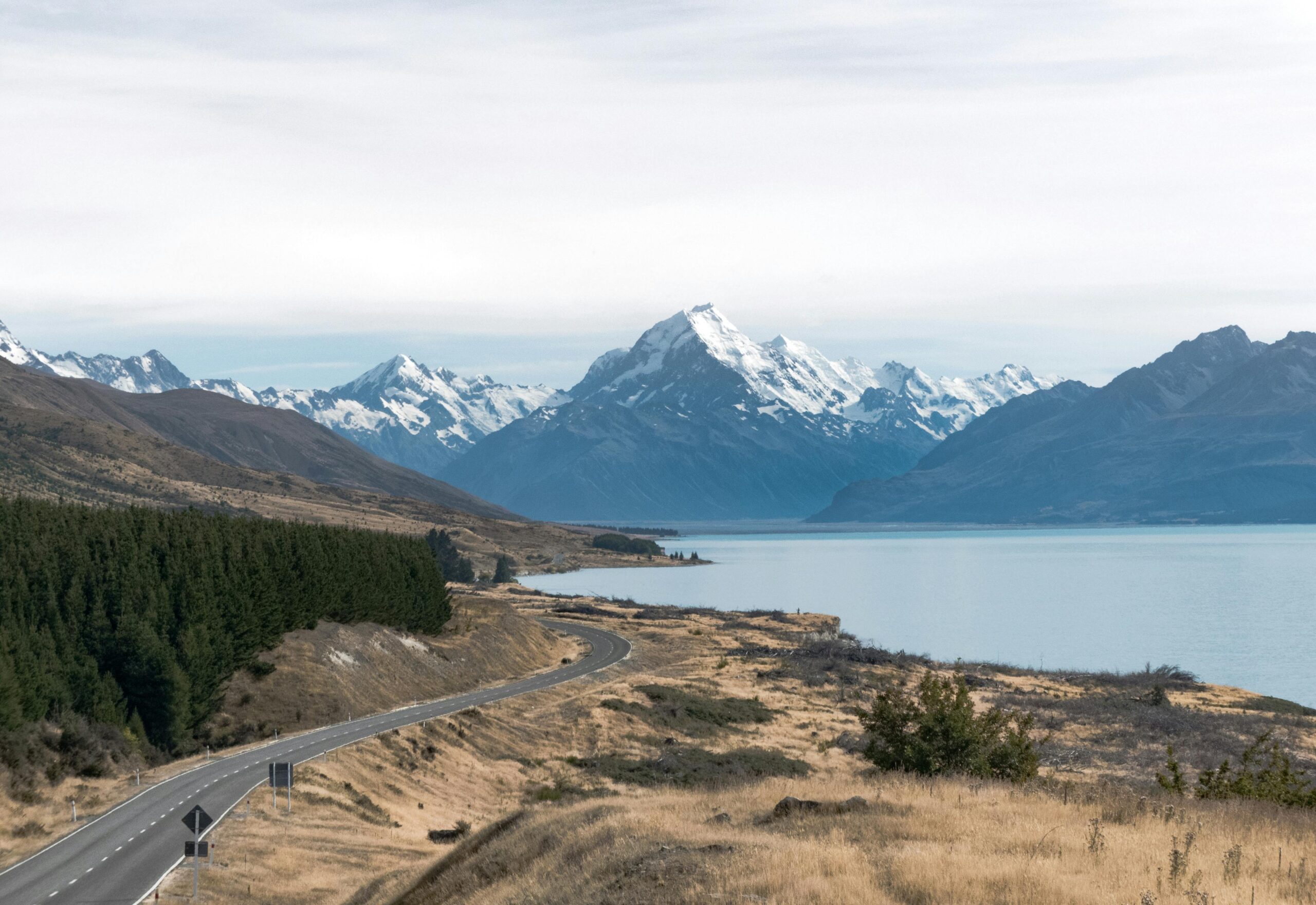
This is a guest post by James Whitaker, a road trip enthusiast who has spent years exploring New Zealand’s rugged landscapes by campervan. He enjoys sharing practical tips to help fellow travelers navigate mountain passes safely and make the most of their Kiwi adventures.
Many travellers actually choose to explore New Zealand in a campervan because it gives them the freedom to take in its rugged landscapes at your own pace. That freedom, however, comes with the responsibility of handling some of the country’s more challenging roads, especially its mountain passes. These routes often involve steep climbs, winding descents, and conditions that can change quickly without warning. If you approach them unprepared, the drive can feel stressful and even risky.
Fortunately, with the right knowledge and habits, plus a reliable campervan hire Auckland service or rental based elsewhere in NZ at your command, navigating mountain passes will become less of a hurdle and more of a highlight of your journey. Here are practical tips to help you tackle them safely and comfortably:
1) Plan Your Route and Timing
Before setting out, it’s best to take stock of what’s waiting for you. Check maps, weather forecasts, and official road condition updates. This is especially important during winter and early spring, as mountain passes can be affected by snow or closures in this period. Travelling during daylight hours is always recommended, as visibility is better and hazards are easier to spot.
Planning also helps you avoid pushing yourself to drive long hours after dark, when fatigue is more likely to set in. By building flexibility into your schedule, you’ll reduce stress and have more time to enjoy the scenery along the way.
2) Use Lower Gears on Hills
Campervans are heavier than most vehicles, and this weight becomes noticeable when climbing or descending steep slopes. Shifting into a lower gear will allow the engine to handle more of the work, giving you better control and reducing the risk of overheating your brakes.
On long descents, this technique is especially important, as relying solely on your brakes can cause them to fade. Practise how to do this before you hit the bigger mountain passes to give you confidence and make the drive smoother.

3) Keep to a Comfortable Speed
Driving at a speed that feels safe for your vehicle and experience level is the best way to stay in control. There’s no need to match the pace of smaller, faster vehicles on the road. If you’re feeling pressure from the traffic buildup behind you, New Zealand roads often provide pull-over bays where slower drivers can let others pass. Take advantage of these areas to not only make the journey less stressful for you, but also help keep traffic flowing smoothly for everyone else.
4) Secure Loose Items Inside the Campervan
Mountain roads are rarely straight, and tight bends or sudden stops can easily send unsecured items flying. Beyond the mess, loose objects can distract you or even cause injury if the movement is sharp enough. Before setting off, then, make sure drawers, cupboards, and appliances are properly latched and that smaller items are stowed securely. This small step can make a big difference in keeping both the driver and passengers comfortable throughout the trip.
5) Maintain a Safe Following Distance
Stopping distances increase when you’re driving a heavier vehicle like a campervan, especially on downhill sections. Knowing this, keep a wider gap between you and the vehicle ahead. This gives you more time to react if traffic suddenly slows or stops. It also allows you to drive with less tension, as you’re not constantly worried about tailgating. Maintaining that buffer is particularly useful in poor weather, when road surfaces can be slippery and visibility is reduced.

6) Prepare for Emergencies
Mountain passes often take you through remote areas where fuel stations, shops, and even mobile reception may be scarce. Carry extra fuel and other supplies for peace of mind in case you encounter delays. It’s also wise to pack warm clothing and blankets, especially in cooler months, as temperatures can drop quickly at higher altitudes.
Preparing in this way doesn’t mean you’re expecting the worst. Rather, it simply ensures you’re not caught out by the unexpected.
7) Take Regular Breaks
Remember that driving through mountain passes requires more concentration than flat, open roads. The constant turning, braking, and scanning for hazards can be tiring, even if you don’t notice it straight away. It’s best to anticipate the mental toll that comes with driving and schedule regular breaks. This way, you can stay alert and enjoy the drive.
Also, remember that many mountain routes have scenic lookouts or picnic spots that provide the perfect excuse to stop, stretch, and soak in the views. Treat the journey as part of the adventure, rather than something to rush through, to make it more enjoyable and less draining.
8) Drive Defensively in Bad Weather
Rain, fog, and snow can all appear quickly in mountain environments, sometimes catching drivers off guard. When faced with these challenges, choose to slow down and turn on your headlights early. This makes your campervan more visible to others and gives you more control over your vehicle. If conditions worsen to the point where driving feels unsafe, the best option is often to wait it out in a safe place.

Proper preparation for New Zealand’s mountain passes not only keeps you safe but also allows you to enjoy the journey without unnecessary worry. Take the challenges of these roads seriously and adjust your driving habits to suit the terrain, and what could be a stressful part of the trip may turn into an experience that adds to the memories of your campervan adventure. With the right approach, these mountain passes will become part of the story you’ll be glad to tell.
Visiting New Zealand? Read here my suggested detailed 2-week itinerary for New Zealand covering both North & South Islands.
